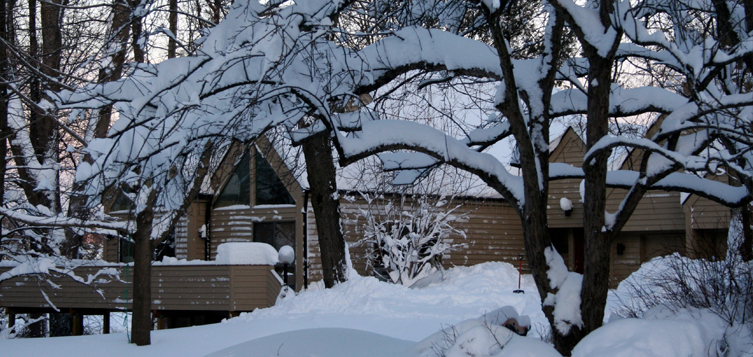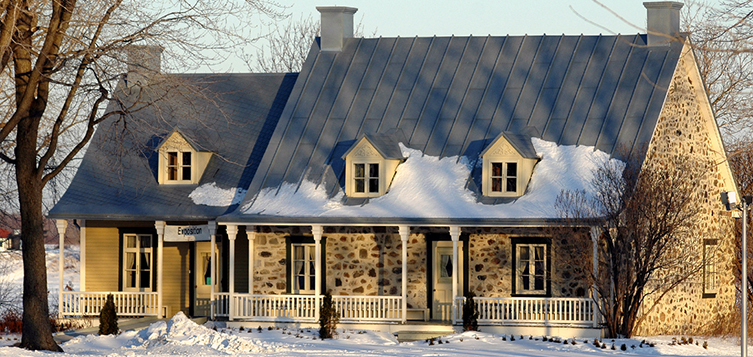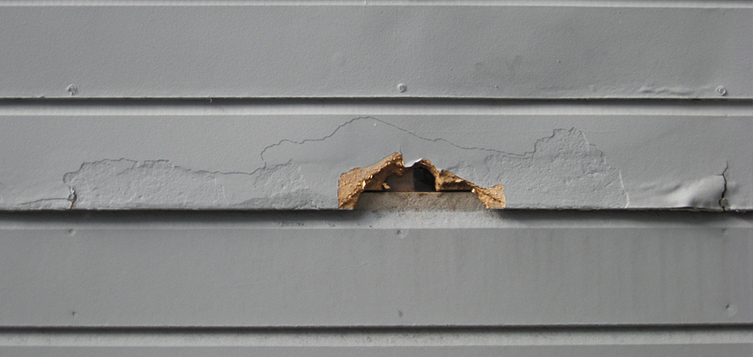A pocket door functions in a unique way. When opened, it folds into the wall. Many modern homes are outfitted with a pocket door because it helps to save space. For example, a pocket door is perfect for a small bathroom because a hinged door uses too much floor space.
Framing Tips
A pocket door has framing hardware that makes it possible for the door to slide easily in and out of a wall. Families who want to get the most out of their limited amount of floor space install pocket doors. Inside the wall that holds a pocket door, there is a wood or metal cage, which is what the door folds into.
Pocket doors were commonly used in older homes because they efficiently separated parlors from living rooms. If it is not being used, the pocket door would simply fold into the wall. Since pocket doors are so easy to open and close, they work well for individuals who use a walker or wheelchair.
Mechanisms
The mechanisms that hold a pocket door are called carriers, and they travel along an overhead track. The door can easily slide between little joints called split jambs. However, at the rear of the frame, a bumper is installed because it’s needed to stop the pocket door from sliding too far.
Rattling
To keep a pocket door from rattling, guides are installed on the floor. Basic pocket doors work well for bathrooms and closets while heavier doors are used to obtain better aesthetics.
For a pocket door to function properly, there must be enough room inside of the wall that it is being installed in, and the wall must also be wide enough and contain no ductwork, wiring or plumbing. A number of different hardware and home improvement stores sell the frames that are needed for pocket doors.
In most cases, a frame will come with the required track attached to it, which makes the frame quite easy to install. However, some homeowners will need to buy some additional parts, such as an overhead track, wheel carriers, spacers and split jambs. Each of these parts will need to be installed individually.
How To Install a Pocket Door
First, the door and required hardware must be purchased, which includes the frame. It’s crucial to ensure all of the purchased parts are compatible. If you’re unsure, you should speak with a professional. It’s important for the size of the pocket door to match the pocket frame size.
- How Much Time Will It Take?
After the door opening has been created, it should take about half of a day to install the door, drywall and door frame, the wall and installation, it could take another one or two days. - What Tools Will You Need?
The installation process requires a table saw, nail set, screwdriver, drywall saw, circular saw, drill, level, hammer, pencil and tape measure. - What Skills Are Necessary?
It is important to have some skill in dry wall finishing and carpentry.
Preparation and Materials
When preparing for the installation, make certain there is plenty of room in the wall; the door must be able to slide in and out of the wall. The floor should be covered with a drop cloth. Essential materials are pocket door that comes with wheel carriers and handles, the frame, jamb stock and finishing nails.
- Prepare an opening that is wide enough for the frame but make sure to follow the manufacturer specs. If a door already exists in the desired location, remove the door and all of its jambs. Studs need to be removed, and if the wall is load-bearing, then the ceiling will need to be supported. Now, install the framing and make sure to add a header and check for plumbing.
- Next assemble the pocket door frame. Ensure the header is positioned at the top, and the header should be properly seated in its own groove. Use screws or finishing nails to attach it to split jambs.
- Attach the actual door frame to the header and stud. Make sure to keep the frame perfectly square, plumb and level. You need to use shims. Next, the bumper needs to be attached to the frames rear, unless you’re planning on attaching it to the door. If installing two pocket doors, another frame must be installed on the other side. It is important to ensure the tracks are level because the doors need to be able to roll easily.
- Apply the drywall to the frame, which involves using the one-inch drywall screws. The drywall needs to be cut flush against the edges of split jambs.
- Attach the wheel carrier bracket to the top portion of the pocket door, but it needs to be installed a few inches away from each end. The wheel carriers can now be slipped into the track, and the handles can be attached. However, the handles usually need to be purchased separately. In some cases, holes will need to be bored before the handles can be installed.
- Lift the door up and slip the wheel brackets into the wheel carriers. Understand that this can be a difficult process. You will need to adjust the wheel carrier mechanism and make sure it is extended fully. Next, close each bracket locking device and make sure the door is able to glide smoothly.
- You can now rip some 1x lumber or jamb stock and use it to fit opposite of the split jambs. It is important that the jambs are flush with the drywall surface, which is normally half an inch proud of the header and studs. You can use finishing nails to attach the jambs. To install the top and jamb casing, you should have no problem using 6D finish nails. However, shorter nails should be used for installing casing on the pocket side of your door jamb, which prevents unnecessary damage to the door.
- Now, use trim to cover the split jamb. Next, you need to cut the casing and install it and install the guides that the door came with. All that is left to do now is to test the door.
If you have any reservations on installing pocket doors, contact a professional to help. If done wrong, you could have a whole other mess on your hands to deal with. Feel free to contact me if you have any concerns or need a quote on door installations.
Looking to get a project going?
Whether you need exterior work, roof maintenance and repair or a whole house makeover, we know home improvement inside and out! Contact us for a no obligation quote today.




